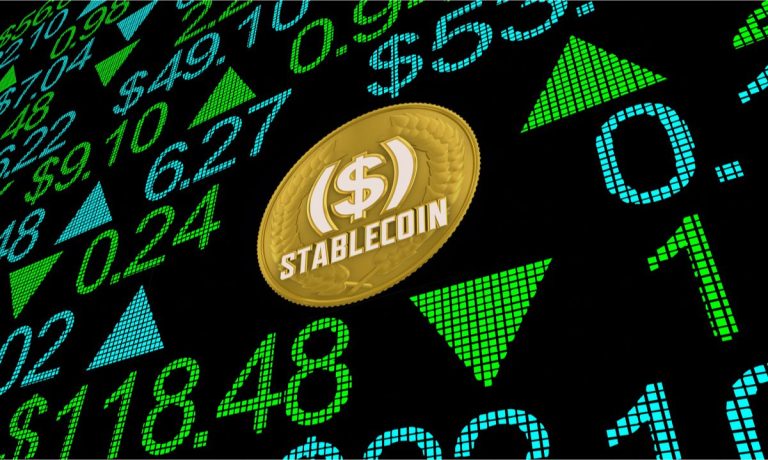
Cryptocurrency’s wild ride isn’t over yet.
Regulators are closing in, and innovation is speeding up. It’s safe to say that the blockchain landscape remains a bit of a battleground.
Price volatility continues unabated, and scams are still peppering the landscape, including the Monday (Sept. 23) hacking of an OpenAI account on social platform X to promote a fraudulent token. However, blockchain believers aren’t backing down from laying the groundwork for what they believe to be tomorrow’s digital economy.
Increasingly, blockchain’s faithful are getting financial stalwarts on their side. Major players are betting big on tokenization’s benefits while the technology continues to advance. On Tuesday (Sept. 24), PYMNTS covered how it is shaping up to be a September to remember for tokenized deposits.
“Deposit tokens can also be integrated into banking infrastructure, allowing for smooth interoperability with traditional banking services,” PYMNTS reported in June. “This integration ensures that users can see the benefits of blockchain technology without abandoning the familiar framework of their existing financial systems.”
That’s why, amid the dust settling from crypto’s summer surge, the question of Web3 technology’s utility across traditional industries remains. Each week, PYMNTS rounds up the most pressing crypto and Web3 news, updates and announcements, tracking the key data points along the sector’s journey toward making headway across global payments and commerce.
As the FinTech sector continues to mature, stablecoins are emerging as a critical component, with their impact being felt across payments, remittances, decentralized finance (DeFi) and the broader financial ecosystem, offering a bridge between the traditional financial world and blockchain payments.
“Traditional cross-border payments still have a lot of issues with transparency and cost,” Sheraz Shere, general manager of payments and commerce at Solana Foundation, told PYMNTS in an interview posted Monday. “To get the experience to a 10, it should be — at least from a user experience perspective — like using Venmo. You find the recipient, you pick a currency to send to them, and they instantly have those funds.”
“Blockchain solutions and stablecoins — I don’t like to use the term crypto because this is more about FinTech — they’ve found product-market-fit in cross-border payments,” Shere emphasized.
In the United Kingdom, FinTech Revolut, is reportedly well along the process of creating its own stablecoin, while PayPal, which launched its PYUSD stablecoin in 2023, has since become the fourth-largest stablecoin with a market cap exceeding $730 million.
When PayPal Ventures announced Friday (Sept. 20) its additional investment in Chaos Labs, a company providing blockchain risk management, PayPal made note that the investment was being made using its PYUSD stablecoin.
Still, not everyone is full speed ahead on stablecoins. The Bank of Canada announced Monday that after years of exploring the idea of a central bank digital currency (CBDC), a variety of sovereign stablecoin, it was moving on.
Meanwhile, memecoins — the crypto space’s volatile alter ego of stablecoins — have been surging as a result of the Federal Reserve’s interest rate cut.
Fiat-cryptocurrency payment gateway Alchemy Pay’s Virtual Card now supports Google Pay, enabling users to pair the card with that digital payment platform. By adding the crypto card to Google Pay, users can make payments for everyday transactions more quickly and securely, Alchemy Pay said Sept. 18.
On the same day, Visa and Singapore-based digital payments solutions provider dtcpay partnered to help consumers and businesses convert digital currencies into fiat and make digital payments. The collaboration will enable access to 130 million merchants in more than 200 countries and territories.
Tech-driven consumers — the 15% of consumers who are usually the first to buy the latest connected device — are often habitual cryptocurrency users, according to the PYMNTS Intelligence report “Shopping With Cryptocurrency: Tech-Driven Consumers Drive Market Acceptance.” Twenty-four percent of these consumers use cryptocurrency at least 10 to 20 times a month.
Elsewhere, cryptocurrency-native travel platform Travala integrated the Solana blockchain network Monday. As part of the integration, Travala will add SOL travel rewards as an option for loyalty program members, while also deploying its AVA token — used to access its loyalty program — on Solana.
The broader digital asset landscape is now grappling with increased regulatory scrutiny in the aftermath of high-profile collapses like FTX.
Caroline Ellison, the former girlfriend of FTX founder and criminal conman Sam Bankman-Fried and the Alameda chief executive who played a role in the collapse of the FTX crypto exchange and later became the star witness in the prosecution Bankman-Fried, received Tuesday a harsher sentence (two years in jail) than the one recommended by the federal Probation Department, which was three years of supervised release with no prison time. She was also ordered to forfeit $11 billion.
Elsewhere, Coinbase Global addressed a federal appeals court Monday, aiming to force the Securities and Exchange Commission (SEC) to create new rules for digital assets. Coinbase Global wanted the SEC to clarify when a digital asset is a security and create a market structure framework compatible with cryptocurrencies, while the SEC said current regulations cover the crypto sector.